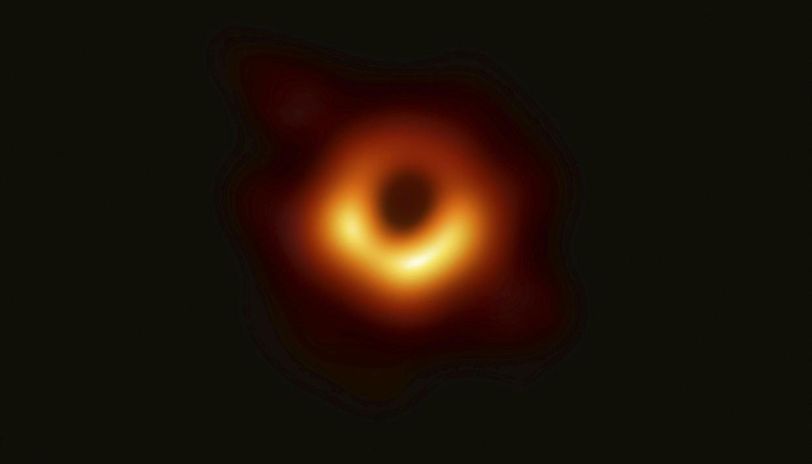Astronauts always crave to witness rare phenomena that can offer new premises for further research. Speaking of rare phenomena and research, there is probably nothing that can be of more interest to astronomers than black holes.
Be it the time when it was mentioned by Albert Einstein, explained by Stephen Hawking or its first observation in 2019, black holes have always been mysterious.
One of the latest yet extremely rare observations is the merger of two black holes that was recently captured by scientists from the Laser Interferometer Gravitational-Wave Observatory (LIGO) and Virgo interferometer in Pisa, Italy. The news about the black hole merger was initially shared April 18 during the virtual conference of the American Physical Society.
According to the scientists, LIGO is a pair of twin detectors, which are based in Hanford, Washington, and Livingston, Louisiana. The merger, identified as GW190412, has been explained in a video that was published in Arvix journal.
Event GW190412 took place about 1.9 to 2.9 billion light-years away from Earth and the two black holes weighed approximately 8 and 30 solar masses, scientists said.
This event has opened new boundaries for further study on black holes, their merger and gravitational waves, they added.
In a press brief, the leader of the Independent Max Planck Research Group Frank Ohme said, “For the very first time we have ‘heard’ in GW190412 the unmistakable gravitational-wave hum of a higher harmonic, similar to overtones of musical instruments.” This observation once again goes on to prove Einstein’s theory of General Relativity, he added.
(PNN& Agencies)
